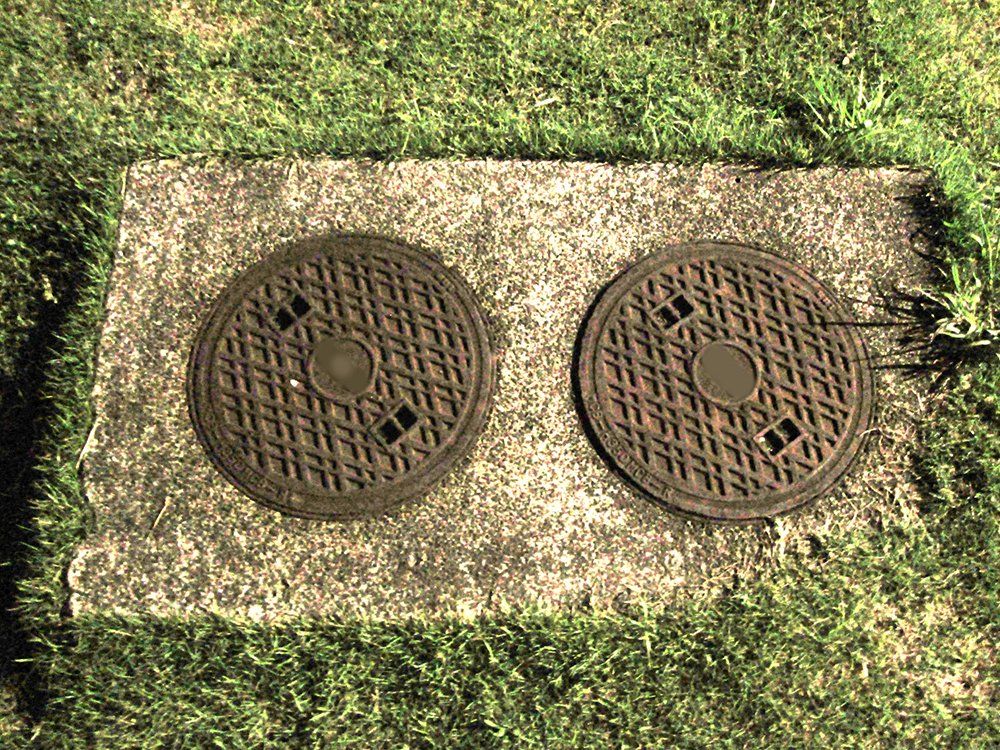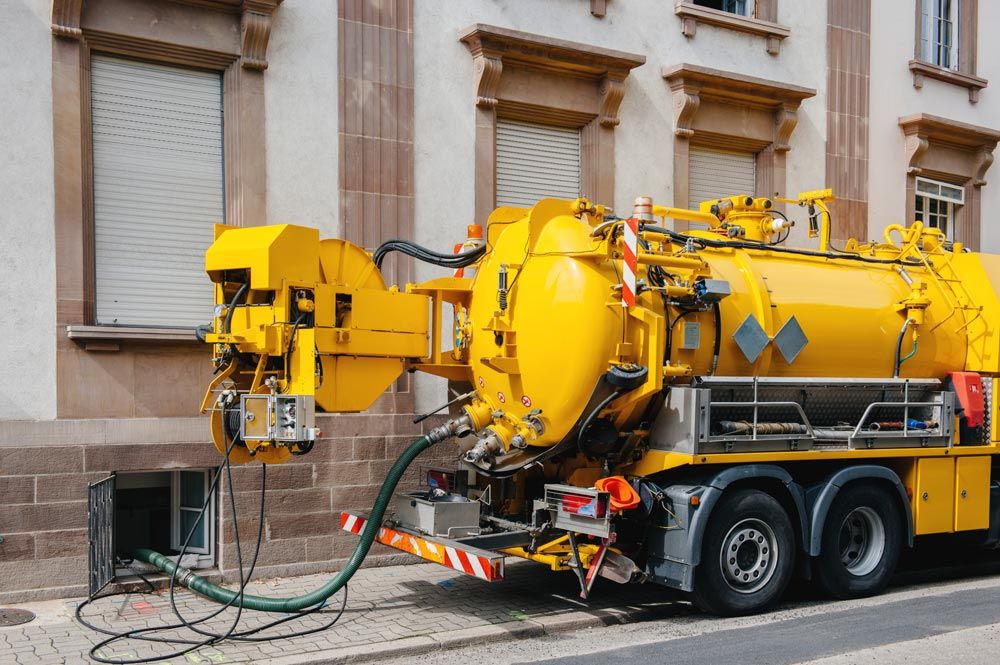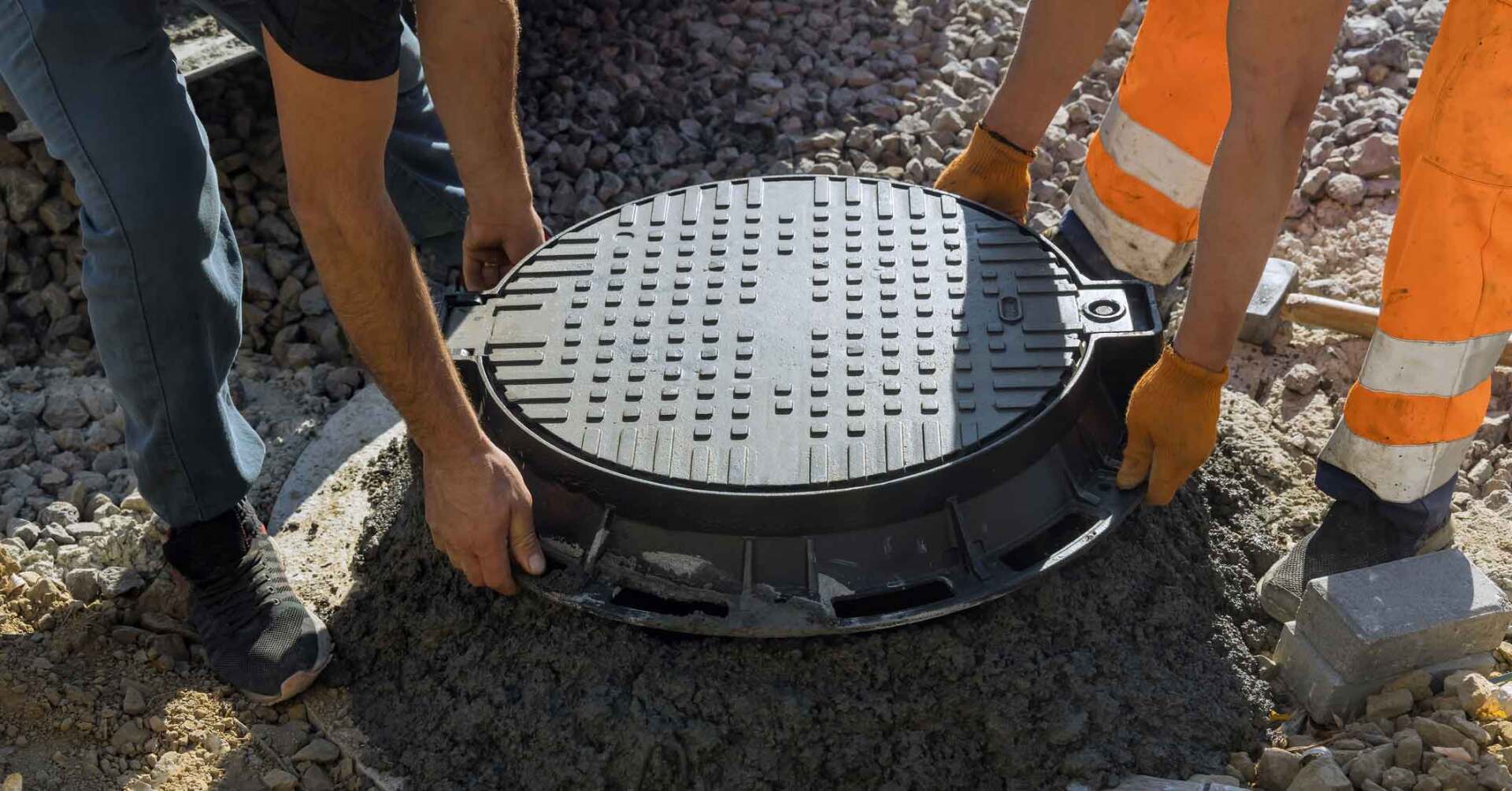
Slide title
Installing Wastewater Treatment Systems Since 1985
Button
Slide title
Flexible Products for Homes and Small and Large Businesses
Button
Slide title
We Diagnose Wastewater Problems at Our Laboratory
Button
4 Signs Your Septic Tank Needs to Be Pumped
- By Admin
- •
- 24 Apr, 2020
- •

If your home uses a septic system instead of connecting to a city sewer, you need to be prepared to maintain the system yourself. Getting your septic system pumped when it's full is the most important thing you can do to keep it in good shape for years to come. Here are four signs that your septic system needs to be pumped.
1. Changes in Your Yard
A drainfield is a key element of any septic system. Waste flows through a perforated pipe into the tank, and liquid waste known as effluent leaches out of the pipe into the drainfield while solid waste collects in the tank. When the tank is full, waste will leak out of the pipe more quickly and begin to oversaturate the drainfield. This often causes noticeable changes in your yard above the drainfield.
Wastewater acts as natural fertilizer, nourishing the roots of grasses, shrubs, and trees above the drainfield. If there are parts of your yard that are particularly lush for no apparent reason, it could be time to get your septic tank pumped. In more advanced cases, the drainfield can even become saturated to the point that there is standing water in your yard, a clear sign that the tank has overflowed.
2. Slow or Foul-Smelling Drains
When one of your drains isn't draining as quickly as it should, a clog in the drain is the most likely cause. However, if multiple drains are being slow at the same time, a full septic tank is more likely. If your septic tank has filled to the point that it can't accept more water, your drains will slow to a crawl as the tank and septic field strain to keep up with the demand.
A full septic tank can also lead to foul sewer smells from your drains. Under normal circumstances, the water in the P-traps under your drains prevents gases from rising through them. When your tank is full, the waste inside it will continue to break down and produce gas. Eventually, this gas will have nowhere else to go and will force its way up through your home's drains.
3. Sewage Backup
The most dreaded outcome of a full septic tank is a sewage backup. Black liquid waste bubbling up through your drains and toilet is nothing short of a plumbing emergency. What's worse, it isn't safe for homeowners to clean up this mess on their own, as the bacteria in sewage backup can pose a serious health hazard. You should always hire a professional to clean up after a sewage backup.
It's rare for sewage backups to happen without warning, so you should take the health of your septic tank seriously and get it pumped before things reach this stage. Slow drains, sewer gas odors, and drainfield problems are all signs that a sewage backup could be around the corner.
4. Too Long Since Last Pump
Even if you haven't noticed any problems with your septic system at all, you should still get it pumped on a schedule. Exactly how often you should have it pumped will vary based on the size of your tank and the number of people in your household. However, a good general rule is to have your tank pumped at least every three to five years. This will extend the life of your system and minimize the plumbing problems a full tank can cause.
Knowing the signs that your septic tank needs to be pumped will allow you to take a proactive maintenance approach. Keep these tips in mind, and contact us at The Nibbler Company for professional septic inspections, maintenance, and repairs.Aqua Test Inc.
28620 Maple Valley Black Diamond Rd SE
Maple Valley, WA 98038



